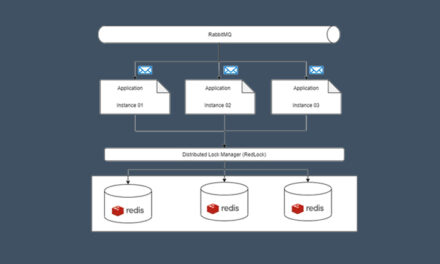A Kubernetes (K8s) cluster is a set of interconnected physical or virtual machines, known as nodes, that collectively provide the infrastructure and resources for deploying, managing, and running containerized applications within the Kubernetes framework. The cluster consists of several key components:
- Master Node: This is the control plane of the cluster. It manages the overall state of the system and coordinates operations like scheduling, scaling, and load balancing. Key components on the master node include the API server, controller manager, etcd, and scheduler.
- Worker Nodes: These are the nodes where containerized applications run. They are also referred to as minions. Worker nodes receive tasks from the master node, schedule containers, and ensure they are running as expected. Key components on worker nodes include the Kubelet, container runtime (e.g., Docker or container), and Kube Proxy.
- etcd: This is a distributed key-value store that serves as the cluster’s database. It stores all configuration data and the current state of the cluster. etcd is crucial for maintaining the consistency and reliability of the system.
- Kubelet: This component runs on each worker node and is responsible for ensuring that containers are running in a Pod. It communicates with the control plane and starts, stops, and maintains containers as needed.
- Kube Proxy: Kube Proxy is responsible for network communication and load balancing. It maintains network rules on nodes to forward traffic to the correct Pod.
A Kubernetes cluster allows you to abstract away the underlying infrastructure, making it easier to manage, scale, and deploy containerized applications. It provides features like load balancing, resource management, self-healing, and automatic scaling, making it a powerful tool for container orchestration in modern cloud-native and microservices-based applications.
Here are several key reasons why you should use clusters in Kubernetes:
- Scalability: Clusters allow you to scale your applications and infrastructure easily. You can add or remove nodes from the cluster as needed to accommodate changing workloads, ensuring that your applications remain available and performant.
- High Availability: Clusters provide redundancy and high availability. By distributing your application across multiple nodes, you can achieve fault tolerance. If one node fails, the workload can be automatically rescheduled on a healthy node, minimizing downtime.
- Resource Isolation: Clusters enable resource isolation and segregation. You can define resource limits and quotas for each application or namespace within the cluster, ensuring that one application’s resource usage doesn’t impact others.
- Load Balancing: Clusters often include built-in load balancing. This ensures that traffic is distributed evenly across the nodes running your applications, improving application performance and reliability.
- Centralized Management: Clusters provide centralized management and control. You can manage, monitor, and orchestrate your applications and services through a single API, regardless of the underlying infrastructure.
- Auto-Scaling: Kubernetes clusters support horizontal auto-scaling. They can automatically adjust the number of application instances based on metrics like CPU and memory usage, ensuring optimal resource utilization.
- Rolling Updates and Rollbacks: Clusters allow for seamless rolling updates and rollbacks of application versions. This means you can update your applications with minimal disruption and quickly revert to a previous version if issues arise.
- Multi-Tenancy: Clusters enable multi-tenancy, allowing different teams or projects to share the same cluster while maintaining isolation and control over their resources.
Conclusion
In summary, using clusters in Kubernetes provides the infrastructure and orchestration necessary to manage and deploy containerized applications at scale, with high availability, security, and ease of management. It’s a core concept that empowers the many benefits of Kubernetes in modern application deployment and management.
Cheers, Matt Ghafouri




